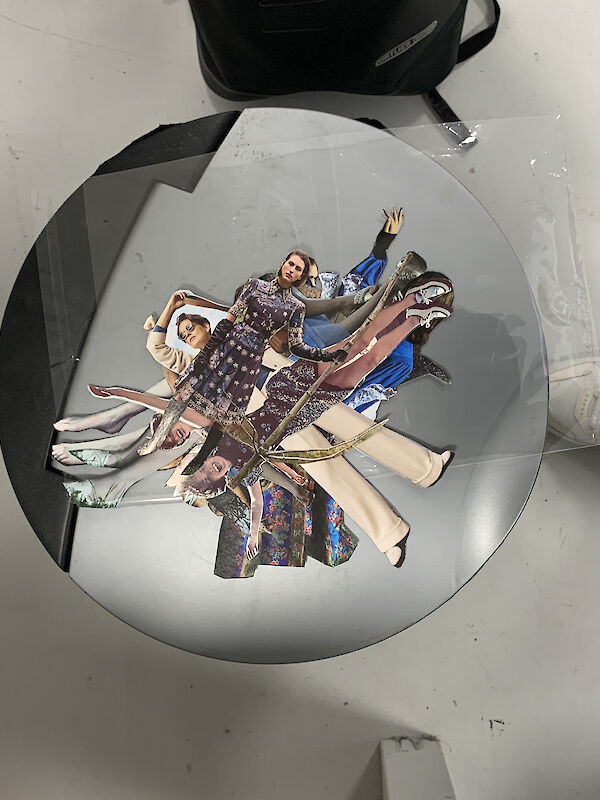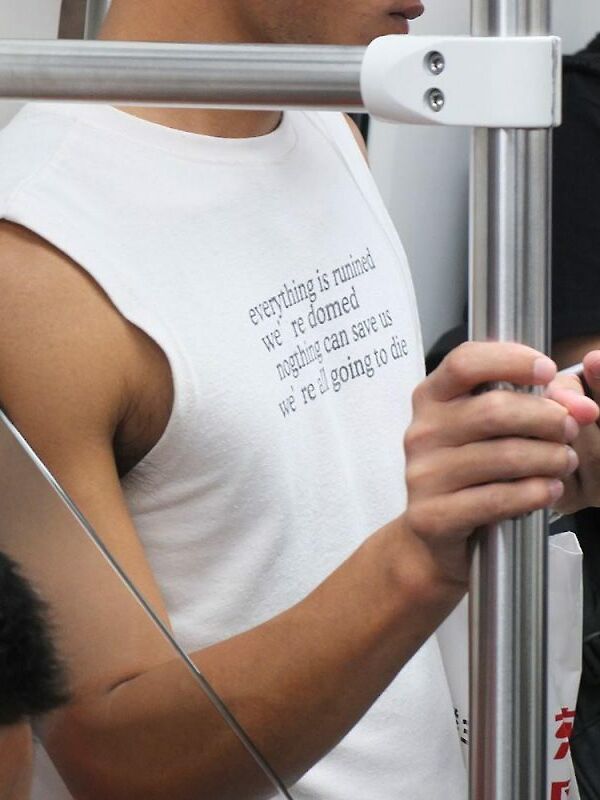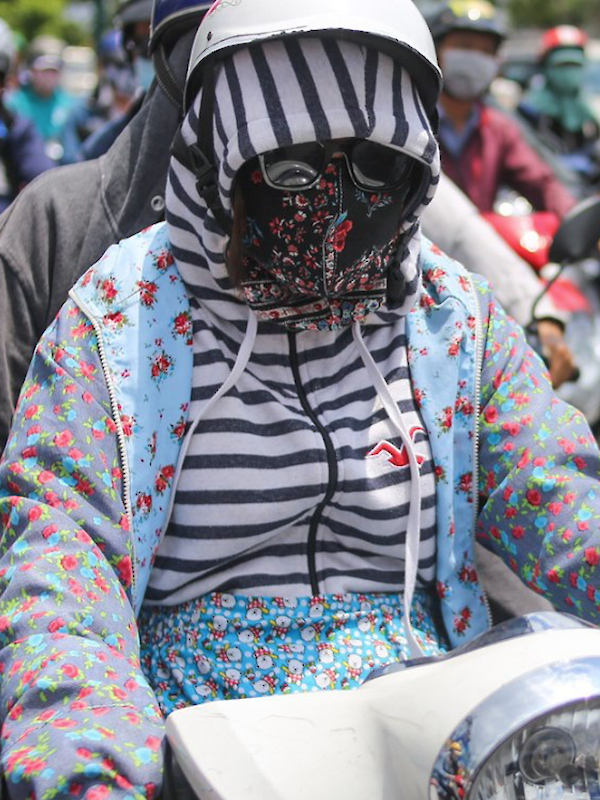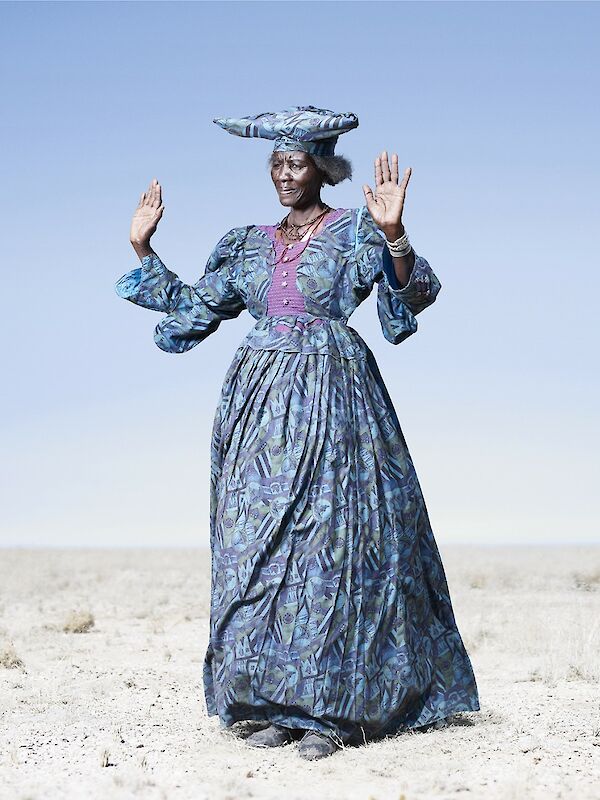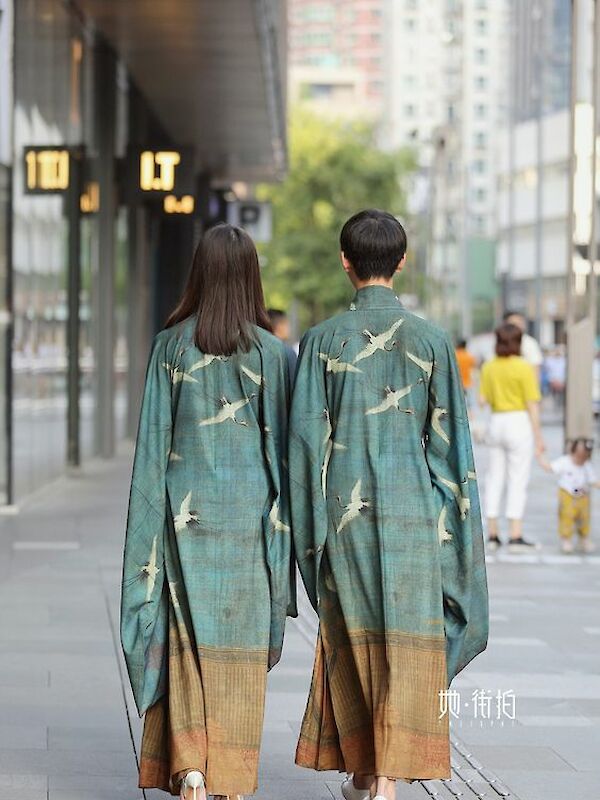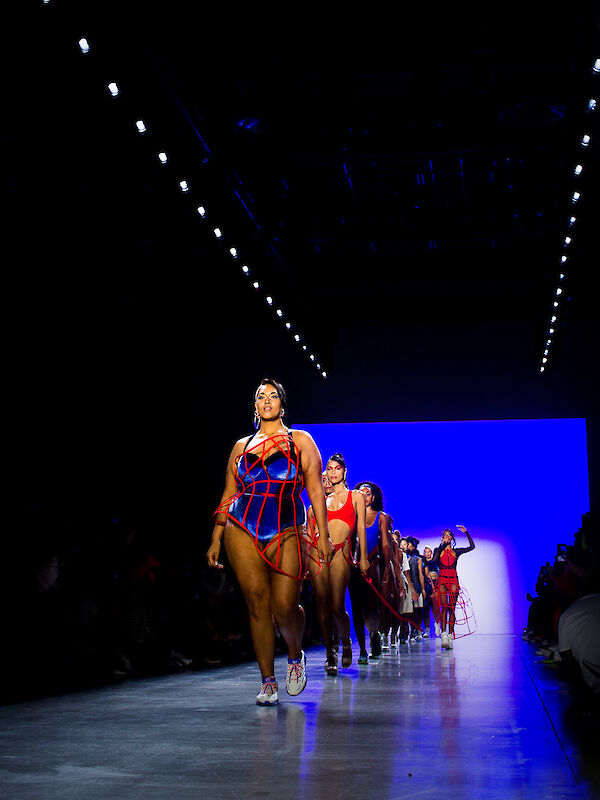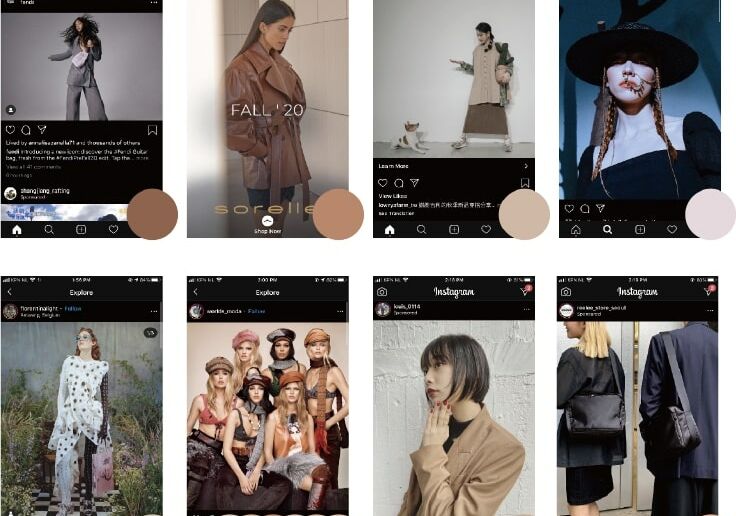
ONLINE FASHION AND THE ILLUSIVE ACT OF IDENTITY CREATION
It often happens without me explicitly noticing. I’ve come to accept the way they hinder the space in either the right top corner or bottom of my screen. I usually click ‘agree’ or ‘close’ without really thinking, because I get the gist: in order to dampen the visual noise, I have to ‘accept’ — and by accepting the bumper notification telling me to ‘update now’ or the dancing popup window that enthusiastically suggests to ‘get on that mailing list’, goes away. Sometimes, after an hour of endless scrolling and digital window shopping, I get an email reminder of my abandoned shopping cart. I’m reminded that the item I never intended to actually buy, is waiting for me, it will look good on me — I just jilted an item that is specifically catered to and will be celebrated by me. After reconsidering the item I forgot in the first place, I click delete. Out of sight out of mind, right?
In our current capitalist landscape, discarding digital triggers has become second nature. However, dealing with the subliminal imprint they leave behind isn’t quite as easy. Online fashion media utilise the temporal rhythms of digital media. In form of dynamic advertising, ‘personal wishlist updates’, and reminders of abandoned digital shopping carts, these temporal rhythms are similar to the cyclical rhythms that are deeply embedded within the fashion system. In its season-based structure, the focus lies on introducing and producing desire for the new. Through digital devices and online media, the contemporary consumer is continuously being nudged and prodded to update, stay 'on top of' or 'ahead of' things, in order to be able to catch up with the fast-moving trends and retain a unique identity.As mass-production and fast-fashion increase the amount, availability and interchangeability of options to create one’s identity. Promoting ways in which one has the option to be ‘different’ and ‘unique’ has become a key tool within the way fashion brands communicate. The broad range of options in online shopping offers anyone the opportunity to gain agency over their identity, but only through consumption. Thus, anyone can gain (or rather buy) social significance and presumable independence by surrendering to the capitalist consumerist framework of fashion.
Through our society of metadata [1], our use of multiple screens and the visual overload, fashion’s digital realm engages with the consumer. Our digital landscape has been optimised for an ultimate user experience in which one doesn’t have to act, but simply has to go through the motions. The opportunity to 'shop around', to pick a new and shed one's old 'true self', to 'be on the move', has come to signify freedom in present-day consumer society. Consumer choice is now a value in its own right. Having the option to choose and the activity of choosing matters more than what is being chosen, and the selections are praised or condemned, enjoyed or resented, depending on the range of choices on display.
The invisible algorithm that lays at the core of the workings of the online (fashion) realm, plays a role in the creation of our visible identities (either on- or offline) by suggesting a personified range of choice and by simultaneously influencing the actual decision-making process and thus consumption. When consumers become susceptible to the algorithmic gaze [2], which enfolds as a visual digital landscape that results from previous personal decisions, they are tricked into the idea of independent choice making. As it appears in the disguise of the exercise of free will, rather than revealing itself as an external force, this process breeds upon enticement, seduction and coercion. In practice, the way you have moved through online media in previous visits directly determines what you will encounter during your next online visit. Today, expressions of your life in this digital landscape are translated in data trails and become farmable, harvestable, mineable resources managed by informational biopolitics [3], thus, you become coextensive with the data constellation you unknowingly create. This data constellation can be seen as a mode of value production which turns the online audience into a commodity. Most of what we see, what we process, and what we do now is informatics labour for computational capital and its ‘internet of value’ [4].
Computational capital enables fashion to extend its presence and more effectively interrupt the users of online media in their everyday life. Within this current state of late capitalism, consumers are unknowingly subjected to apophenia [5]. Apophenia is defined as the perception of meaningful patterns within random data. This concerns drawing connections and conclusions from sources with no direct connection content-wise other than their indissoluble perceptual simultaneity.[6] In other words: it allows for the tendency to perceive meaningful connections between unrelated things. As apophenia manages to navigate the unconsciousness of the consumers through commercial suggestions, build by algorithms and personal data, it tends to produce digital hallucinations. As such, fashion’s digital visuality creates value relations and manages to overthrow the consumers digital agency through this pattern (mis)recognition. Computational capital has generated a synoptical society, in which users are conditioned by what they see and (online) algorithmic surveillance is mystified through a narrow form of personification. In building the habit of creating identities through the online fashion realm, for a large part, apophenia does its trick and helps one falsely rationalise these newly enhanced patterns. Online consumers are not able to avert their eyes; because there is nowhere to avert their eyes to if the message of claiming identity through fashion is being broadcasted through persuasive push-notifications. When the variety of options are digitally pre-curated, and thus always partly hidden, within a framework that is employed by the fashion system, are we — as consumers — really able to enjoy the freedom of choice? Furthermore; does our current fashion system offer the opportunity of true self-expression?
Through experiences that are built upon a (digital) sensory overload, the current state of our capitalist society tends to suck consumers into the vortex of fashion. This consumer society presents the freedom to build an identity through fashion and as such our fashion system offers the consumer a multitude of options on a day-to-day basis. As fashions’ manipulating effect has moved into and extended itself through digital means, consumers need to guard their own flexibility and speed of readjustment to follow the swiftly changing patterns of the digital landscape — a landscape in which the capitalistic backbone of the fashion system thrives because of the propagandistic core of the algorithm. Where fashion propaganda previously revolved around content and storytelling, it has now shifted with high focus towards data production, connection and distribution. Where capitalism firstly resulted in alienation between objects and people, it has now enabled consumers to be consumed through data. As identity creation takes place through algorithmic apophenia, options and multitude of choice, provided by personally tailored (and interconnected) feeds, identity creation now purely functions as data creation. The online interaction between the fashion industry and its consumers has allowed for their attention to be digitally occupied 24/7. While fashion media feasts and feeds not only on storytelling but also upon apophenia, the wieldy online world of this pattern (mis)recognition calls for consumers to be ever more aware of (and salvage their) agency within the fashion industry.
Notes
[1] The metadata society, according to professor Matteo Pasquinelli, can be understood as an extension of the cybernetic control society in which the position of an individual (the data) has become inferior to recognizing the general trend of the mass (the metadata).
[2] The algorithmic gaze describes the algorithms’ portrayal of its users’ digital landscape, in which its previous determined preferences reach beyond, and overtake, an objective view of its digital surroundings.
[3] Biopolitics, coined by political scientist Rudolf Kjellén, is the exertion of (state) control over the functions and processes of life. The informational (digital) realm allows the course of this exertion to be determined by the data we put out through usage of digital devices and online media.
[4] An online space where different types of value can be instantly transferred between parties. Theoretically, anything of monetary or social value can be transferred, including currency, assets, stocks, securities, intellectual property rights, scientific discoveries, and even a vote in an election. For fashion, it means that apps make it possible for consumers to buy items by only pushing the lock-button on their iPhone twice, and pay electronically without the physical act of exchanging value (in this case money) for goods. The act of buying becomes so abstract that in reality the act of buying loses tangible worth, making it easier to over-consume.
[5] This term was coined by psychiatrist Klaus Conrad in his 1958 publication on the beginning stages of schizophrenia. He defined it as "unmotivated seeing of connections (accompanied by) a specific feeling of abnormal meaningfulness”
[6] Benjamin H. Bratton, “Some Trace Effects of the Post-Anthropocene: On Accelerationist Geopolitical Aesthetics”, e-flux journal 46 (June 2013)
[7] A society in which comparable observations are made in the same way. A synchronous image (optics) is created over different (digital) channels.
Lead image: Algorithmic Gaze workshop result (by Participant Anya Su) 2020.


